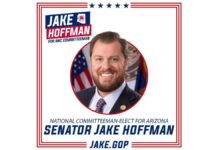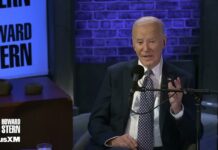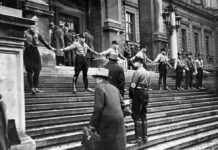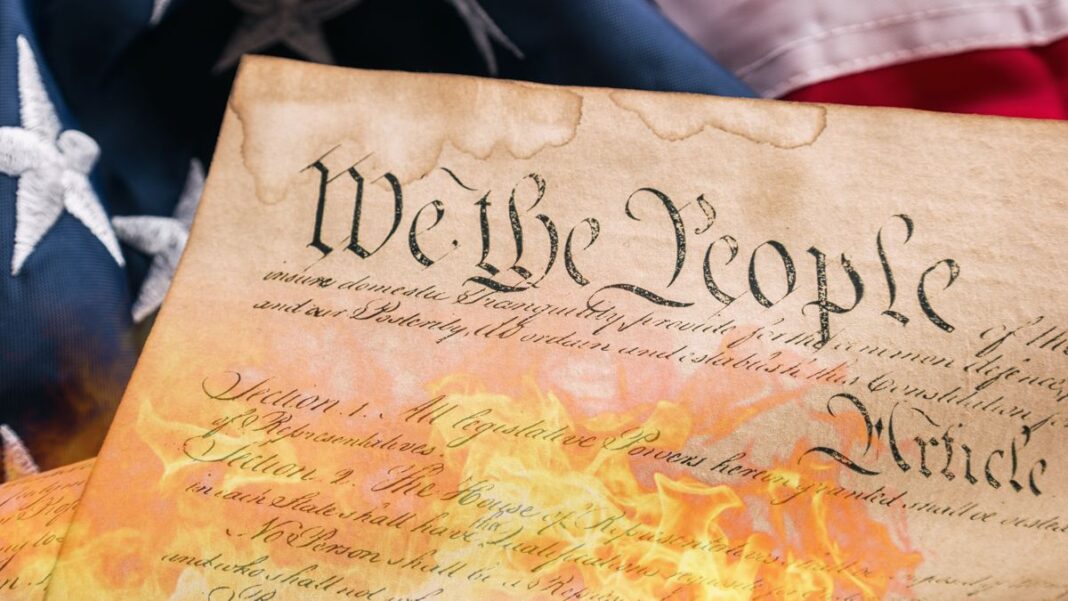If, perhaps, one arbitrarily changed the rules of professional baseball, such as by adding another base to make a fourth base, decreasing the distance from home plate to the bases by three feet, and increasing the distance from the pitcher’s mound to the home plate by three feet, the game would cease to be the game of baseball created and designed by Albert Doubleday and would become another game, a very strange game. This, of course, sounds quite odd when the game of baseball has existed well over a hundred years and, in its proper form, has become an American institution, the great American pastime. Why would anyone want to change the game of baseball to something it is not?
While we can say that the game of baseball and its constitution of rules was intended to last unto perpetuity unchanged, other constitutions, such as the United States Constitution, have been created to be changed over time, only if absolutely needed, and only by an amendment process set forth within the constitutions. The seven article text of the U. S. Constitution was created to last for a very long time as set forth by the Framers of the Constitution, and Article 5 sets forth repletely the requirements for altering the Constitution. The first ten amendments of the U. S. Constitution set forth in perpetuity the inalienable rights declared in the Declaration of Independence, which constitute life, liberty, and the pursuit of happiness, and are known as the Bill of Rights. While amendments may be added to the U. S. Constitution either by the amendment process or by a constitutional convention of the States, the first ten amendments, the Bill of Rights, are permanent parts of the Constitution and may not be changed, though failed efforts have been made in the 19th, 20th and 21st centuries to alter the Bill of Rights.
In 1868, the poorly written 14th Amendment was ratified by most of the Southern Confederate States through intimidation and political coercion, the Northern Republican Congress vowing to impose military reconstruction indefinitely on the Southern States if they did not ratify the amendment, something with which Abraham Lincoln heartily disagreed. The Northern objective of the 14th Amendment was essentially to change the operational effect of the 10th Amendment of the Bill of Rights, to make the federal government superior in power over the States in all matters formerly reserved in power to the States by the 10th Amendment. In essence, the 14th Amendment, according to many Constitution scholars, gave illicit license to the U. S. Supreme Court (SCOTUS) to change the text and operation of the Constitution by SCOTUS rulings. Many eminent scholars believe, and have believed, that if the Framers had formally intended the U. S. Constitution to be amended or altered by SCOTUS decisions and rulings, they would have declared it as an amendment process in Article 5, but they did not. In fact, judicial review, established by Chief Justice John Marshall in Marbury v. Madison (1803), was not mentioned or endorsed by John Jay, James Madison, or Alexander Hamilton in the Federalist Papers they wrote to explain to the People of the electorate the federalist operation of the U. S. Constitution. The power of the federal judiciary was arbitrarily extrapolated and expanded above the constraints of Article 3 by one man, John Marshall, fourteen years after the U. S. Constitution was ratified and the SCOTUS became operational in its proper form.
Access to the highest court in the republic, the SCOTUS, by ordinary Americans seeking justice in federal cases was established in Article 3 of the U. S. Constitution. The federal district courts were established as starting points for federal lawsuits between rank-and-file plaintiffs and defendants and the federal appellate courts were established by Article 3 as the inferior courts to which plaintiffs and defendants losing in their federal district court bids for a verdict could appeal. Article 3, Section 2, which has been unamended since 1789, states that the federal judicial power of the federal district courts, appellate courts, and the SCOTUS shall extend to “all” cases, in law and equity, arising under the U. S. Constitution, the laws of the United States, and to all treaties made under authority of U. S. law. There was no other condition set by Article 3, Section 2 for any federal case brought by any American citizen into a federal district court and appealed to a federal appellate court for eventual review and ruling by the SCOTUS, if needed. If a case passed the appellate requirements for SCOTUS review, the case was placed on the SCOTUS docket. The rich and the poor had equal unqualified access to the SCOTUS for the sake of legal justice. In other words, the system was set in 1789 for unqualified access to the SCOTUS, which could not refuse, or decline to hear, any properly filed appellate case.
What if a band of progressive political pragmatists during the first three decades of the 20th Century actually succeeded in illegally changing the operational working of the U. S. Constitution without going through the Article 5 amendment process, to change what the Constitution had practically maintained since 1789 for 122 years without changing the textual wording of the U. S. Constitution? Could such an illegal operational change have been done surreptitiously right under the noses of the American electorate? There are quite a few historians who have documented such irascible and egregious criminal activity committed within the sacred halls of American government. The writer of this essay has written extensively on the first actual conspiracy in Congress to illegally change the financial system established by the Framers in Article 1, Section 8, Clause 4, the exclusive power given to the Legislative branch, Congress, to coin the republic’s gold, silver, and paper money and to determine its value. In 1910, the blueprint for the Federal Reserve was instigated by the powerful U. S. Senate Banking Chairman, Russell Aldrich, and backed by Wilsonian progressive pragmatism, which resulted in the inexorable and unconstitutional Federal Reserve Act’s passage in December 1913. This act’s passage changed, for all practical purposes, the financial operations of the federal government in the wake of the 1913 ratification of the 16th Amendment, which this writer and many historians believe was improperly and illegally ratified by less than the required number of States constitutionally required for its legal ratification.
What happened next according to the progressive pragmatic agenda for illegal Constitutional change during the 1920 was what the pragmatic actors in Congress could not possibly get done legally through the Constitutional amendment process. Most of the electorate during the 1920s was ignorantly embracing the Wilsonian progressive movement and its pragmatism even with 60 percent of the popular vote going to the Republicans in the Presidential election between Warren G. Harding and Democrat Governor James Cox of Ohio. This writer believes that this was mainly due to the sensational effect of electronic radio technology on public civic-mindedness.
This conspiratorial group in Congress included Republicans and Democrats who wanted to see the SCOTUS changed in political operational policy, but knew that they would never be able to get a Constitutional amendment that would alter Article 3, Section 2 of the U. S. Constitution. So, the Federal Judiciary Act of 1925 and the Judges Act of 1925 were introduced and legislated without duly informing the States and the electorate that the Constitutional requirement mandating that the SCOTUS hear “all” cases rising under the U. S. Constitution and federal law was to be “operationally changed” by the two 1925 Judiciary Acts, and that the two Acts were passed by Congress without due proper deliberation in the House and Senate. In fact, it was determined that through the secretive efforts of former Chief Justice William H. Taft and a clandestine committee of SCOTUS justices that the two 1925 Judicial Acts were drafted. In the wake of the Federal Judiciary Act and the Judges Act, an unconstitutional process and procedure called “writ of certiorari” was imposed on the SCOTUS, one that John Jay, the first SCOTUS Chief Justice, would have loudly decried as blasphemous to Constitutional justice. The Federal Judiciary Acts converted the SCOTUS into a sort of country club with the more popular winners of essay (writ of certiorari) contests being given the opportunity to have their cases heard by the SCOTUS. Who pray-tell among the electorate would have knowingly supported a Constitutional amendment to alter the text of Article 3, Section 2 to impose a writ of certiorari requirement on SCOTUS appellants. While the text of Article 3, Section 2 still mandates that “all” cases rising to the SCOTUS level be heard by the Brothers and Sisters, the operational process is totally different, and it boils down to a stern pronouncement of condemnation. The U. S. Constitution cannot be legally changed, altered, or amended arbitrarily by Congressional act or resolution or by SCOTUS decision or ruling, but only through the Article 5 amendment process.










































